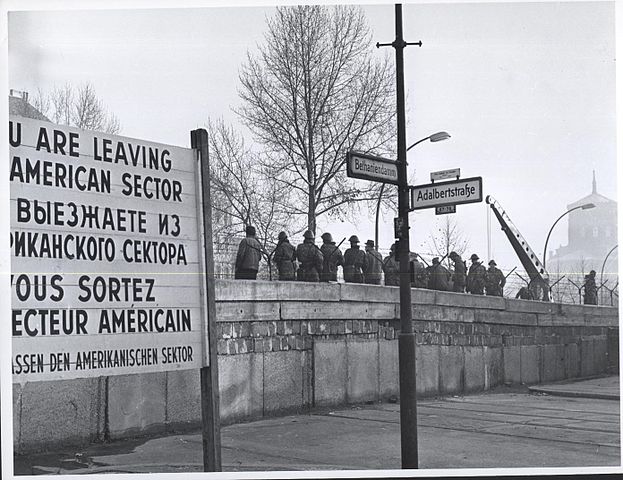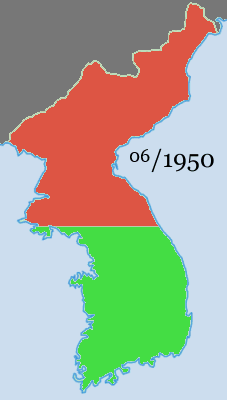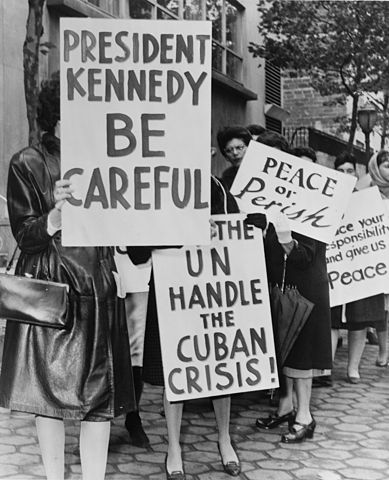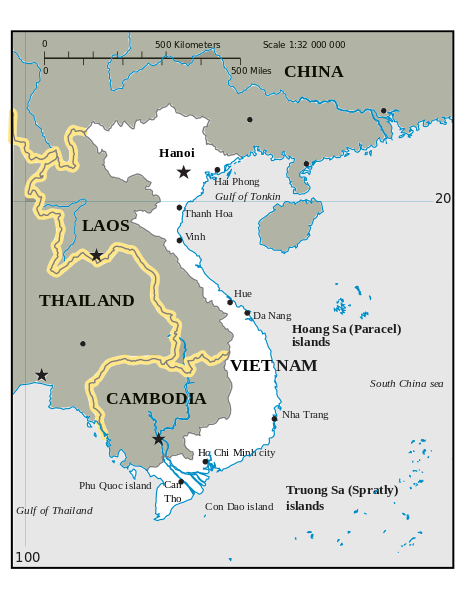Learn
You may want to take some notes on this material to study later.
After World War II was over, many of the colonial holdings of the Western European nations sought home rule. You learned about India's desire for home rule when we studied World War I's aftermath. You will recall that Mahatma Gandhi led the movement for home rule and that not until 1947 did they earn that from the British. Once they got home rule, they began to fight among themselves—Hindus against Muslims. Thanks to the efforts of Gandhi and his supporters from both faiths, they were able to come to an agreeable decision, but only after thousands had died in civil combat. They would split India into to two parts—Pakistan, which would be a Muslim state and India, which would be a Hindu state.
In Lesson 10.03, you learned about the problems that developed between the two superpowers immediately after the war—the United States and the Soviet Union—and the development of what became known as the Cold War. The Cold War would be responsible for some uneasy times that led both countries to the brink of war. In an age where nuclear weapons were rapidly being developed, people around the globe were fearful. Visit The Cold War: A Story Through Maps to learn more about this time.

The Berlin Wall: As you recall, the Soviet Union closed off their zone of Germany to the Western democratic powers and later divided the capital of Berlin even more severely by putting up a wall almost overnight on August 13, 1961, to keep the East Germans from flocking to the West. Family members were separated. Those caught trying to escape were shot. In 1989, joyful Germans tore down the war. On October 3, 1990, the city was once again unified.
The Korean War: After World War II, Japan gave up their control of Korea. The United States and the Soviet Union divided North and South Korea at the 38th Parallel—the North being communist and the South being democratic. General Douglas MacArthur, who had been the commander of the Allied forces in the Pacific Theatre during World War II and overseen the reconstruction of Japan after the war, was now the commanding officer of UN forces in South Korea, and he wanted to march into communist China when they sent communist forces to the aid of North Korea. Truman said no and removed MacArthur from his command fearing another global war.

The Korean War lasted three years.
The Cuban Missile Crisis: Remember that an arms race was in effect between the Soviet Union and the United States following World War II. Atomic weapons were now a danger across the world and should the two superpowers be forced into conflict, the world would see a nuclear war—the likes only imagined with the devastation evidenced in Hiroshima and Nagasaki. In this case, there had been a revolution in Cuba, an island less than 100 miles south of Florida. That revolution (that lasted from 1953 to 1959) led by Fidel Castro caused Cuba to become a communist nation. Asking for help from the Soviet Union, Castro received it in the form of four Soviet submarines armed with nuclear-tipped missiles which were quickly pointed in the direction of the United States.

Women Strike for Peace during Cuban Missile Crisis. View larger version.
To find out what happened between the United States, led by President John F. Kennedy, and the Soviet Union, led by Premier Nikita Khrushchev, watch JFK and Crisis: The Cuban Missile Crisis (5:24). PBS login information
.
The Vietnam War: Also having roots in World War II, the conflict in Vietnam grew from the expulsion of the Japanese and their control of Vietnam. Ho Chi Minh, a communist leader in Vietnam asked for help after the war to end French colonial control. The United States, under Truman, did not help, seeing that France was a democratic nation and desiring to contain the spread of communism.
In your last lesson you learned that in 1949, Mao Tse Tung led a communist revolution in China, so the threat of communism was growing across the globe. Now two of the largest nations in the world—the Soviet Union and China—were communist. Ho Chi Minh looked for help to get the French out of his country from his communist comrades. Though there had been an American presence in the area for some time, it wouldn't be until the 1960s that the United States would enter a most unpopular war that would divide the country. Learn more by visiting History.com: Vietnam War.

